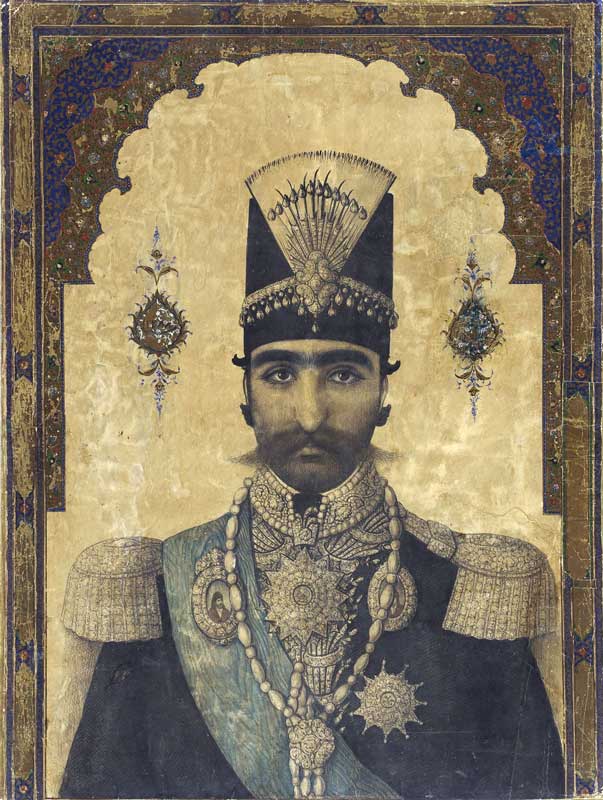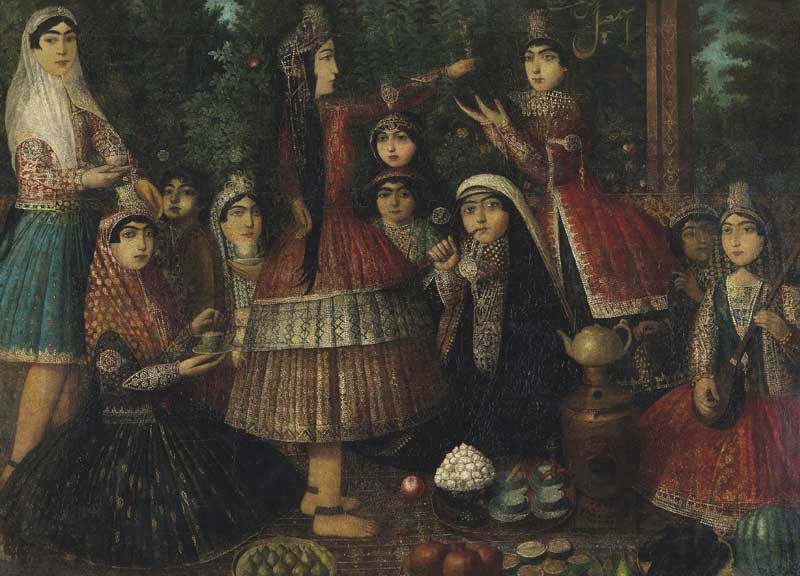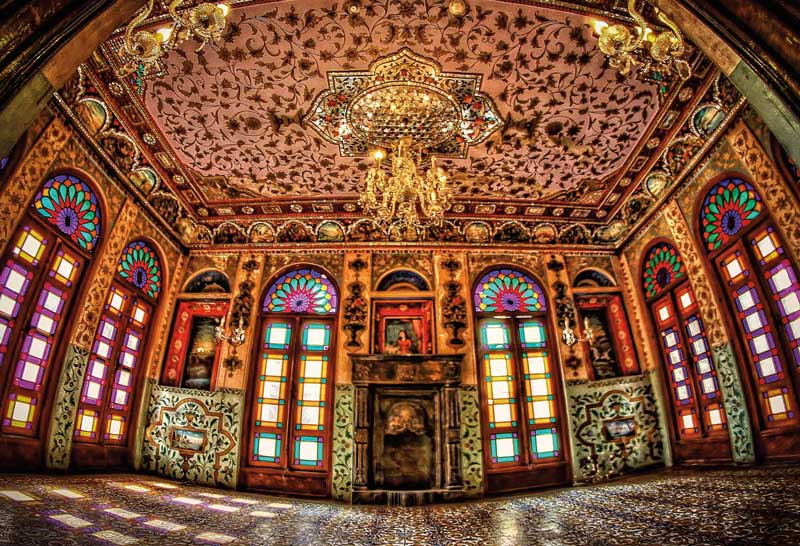An Iranian Architectural Icon
Golestan Palace (Kakheh Golestan), also known as the Palace of Flowers, was built by the Qajar dynasty in the city of Tehran. It’s a royal residence dating back 400 years, characterized by a fusion between Persian architecture, the adaptation of European construction technologies and the use of cast iron. Declared by UNESCO as a World Heritage Site in 2015, the palace shows representations of the synthetic and Persian-European style, one of the characteristics of Iranian art and architecture from the late nineteenth and twentieth centuries.
The complex was the royal residence of the Safavid dynasty in the mid-sixteenth century. Because protecting the royal citadel was of significant importance, Shah Tahmasb saw to the construction of the first defensive wall around Tehran in the 1550s. Later on, the Zand dynasty (1750-1794) commissioned the renovation of the Palace to the architect Ustad Ghulam Reza Tabrizi, who also built an audience chamber and several other buildings.
When the Qajar dynasty came to power in 1779, they continued the maintenance and expansion of the citadel. After choosing Tehran as its capital in 1785, Aqa Mohammad Khan expanded the captivating Golestan garden and built the Qasr-i Golestan palace; however, the latter doesn’t exist anymore. In the twentieth century, during the Pahlavi era (1925-1979), Golestan Palace hosted formal royal receptions and other ceremonies of great importance.
The Treasures of Golestan
Nowadays, the Golestan Palace is comprised of eight extraordinary structures, which are now museums and gardens, as well as a green center surrounded by an exterior wall with doors. It consists of two connected gardens—a smaller one to the west and a larger one to the east—and the buildings that surround them. It also has a channel that runs from north to south, near the border with the Takht-i Marmar garden.
The first of the rooms is Shams ol-Emaré (The Palace of Sun), the most impressive structure of Golestan Palace; Talar-e Aineh (The Mirror Hall) and Berelian Talar-e (The Hall of Brilliance) possess spectacular decorations with hand-crafted mirrors, and in the case of the bright room, it also includes traditional Iranian candelabra.
Emarat-e Badgir (The Building of Windcatchers) houses the most important stained glass of the palace, while the Abyaze Palace (The White Palace) is home to one of the most interesting ethnological museums in Iran, as well as exhibitions of traditional Iranian clothing and folk art. Talar-e Zoruf and Talar-e Adj (Ivory Hall) harbor porcelain collections and gifts presented to the kings of the Qajar dynasty. On the other hand, the Ivory Hall was also used as a dining room.
Finally, the Talar-e Almas (The Diamond Hal) is characterized by an ornamentation with mirrors, while the Talar-e Salam (Reception Hall) was designated for royal receptions. Located at the Khordad Square, Golestan Palace annually receives countless visitors who seek to delve into its beauty full of history—one of the oldest structures in Tehran.
SOURCES:
unesco.org/golestan palace.ir/iranreview.org/worldheritage.org
Text: Andrés Ordorica ± Photo: © château de Versailles / Thomas Garnier / TAMMY LO / MARA GARCIA DE JUAREZ / CULTURA OCIO / BDT / 4 EVER / Creative Commons / Fabien










